JAMSU BRIDGE PARK CONCEPTUAL DESIGN
In 2023, we submitted a design proposal for the transformation of the existing Jamsu Bridge in Seoul into a new urban landmark. This conceptual project explores how existing infrastructure can evolve into a signature public space through modern landscape architecture and creative design strategies.
More than just a design submission, this project aimed to inspire and educate Seoul City government officials — demonstrating that a functional bridge can also serve as a memorable landscape feature and community gathering space.
Additionally, this project was shared with Barge Design Solutions, Inc., particularly with their Bridge Team and Landscape Architecture & Planning group in the USA, to promote cross-cultural design collaboration and dialogue.
Design Concept
This pedestrian bridge design aims to connect not just two riverbanks — but also people, nature, and the future of Seoul’s public space. The structure is designed as an elegant and sculptural form floating above the water, providing walking, gathering, and viewing spaces.
Key ideas include:
Landmark Identity
Fluid Movement Experience
Integration with River Ecology
Night Lighting for Iconic Presence
The design expresses a contemporary character while respecting Seoul's dynamic riverfront history. The bridge is both a functional crossing and a destination for leisure, views, and events.
Sustainable Landscape Architecture
Native planting, shade structures, and stormwater management elements are integrated into the design. Materials are selected for durability and environmental performance.
Pedestrian Experience
Visitors experience changing perspectives along the bridge — from intimate garden pockets to panoramic river views. Seating areas, rest spots, and shaded zones enhance comfort for all users.
Design Inspiration
The design draws inspiration from Korean traditional architecture — specifically, the unique summer feature of hanging wooden doors from ceilings to allow breezes to flow freely through spaces. This cultural element is reinterpreted in the bridge design, creating a dynamic, open structure that encourages movement, airflow, and visual connectivity along the Han River.
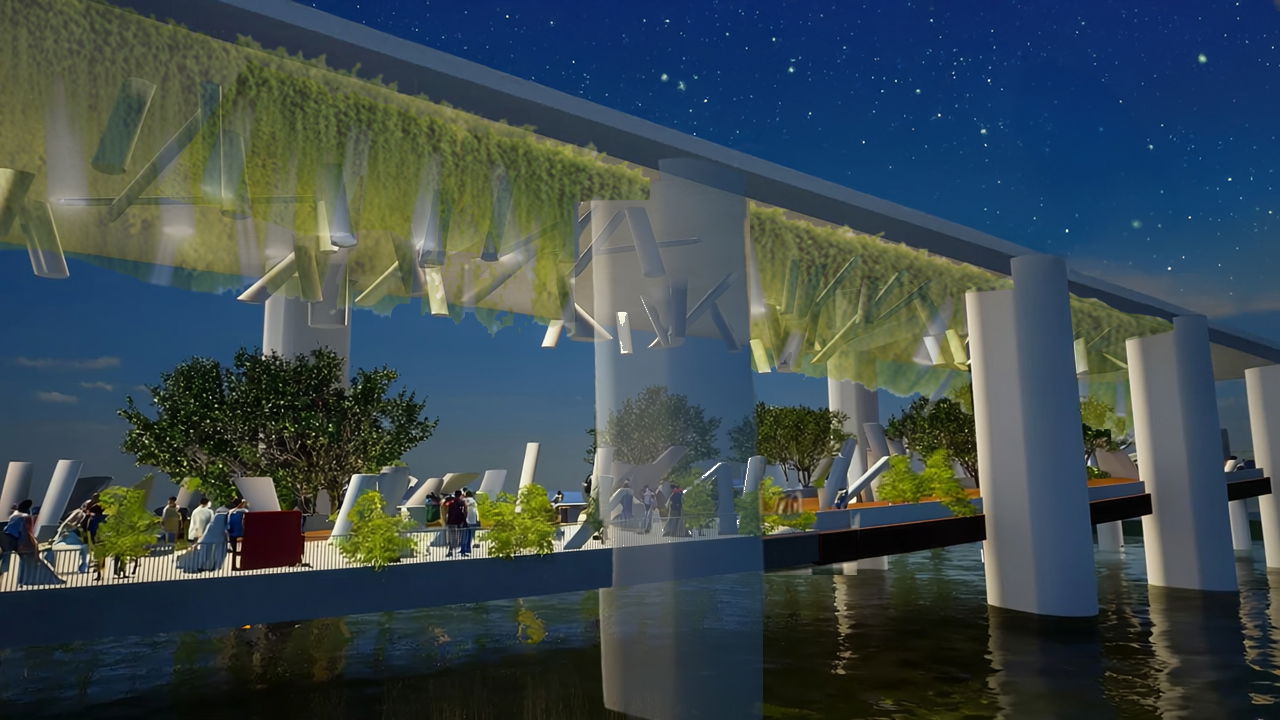
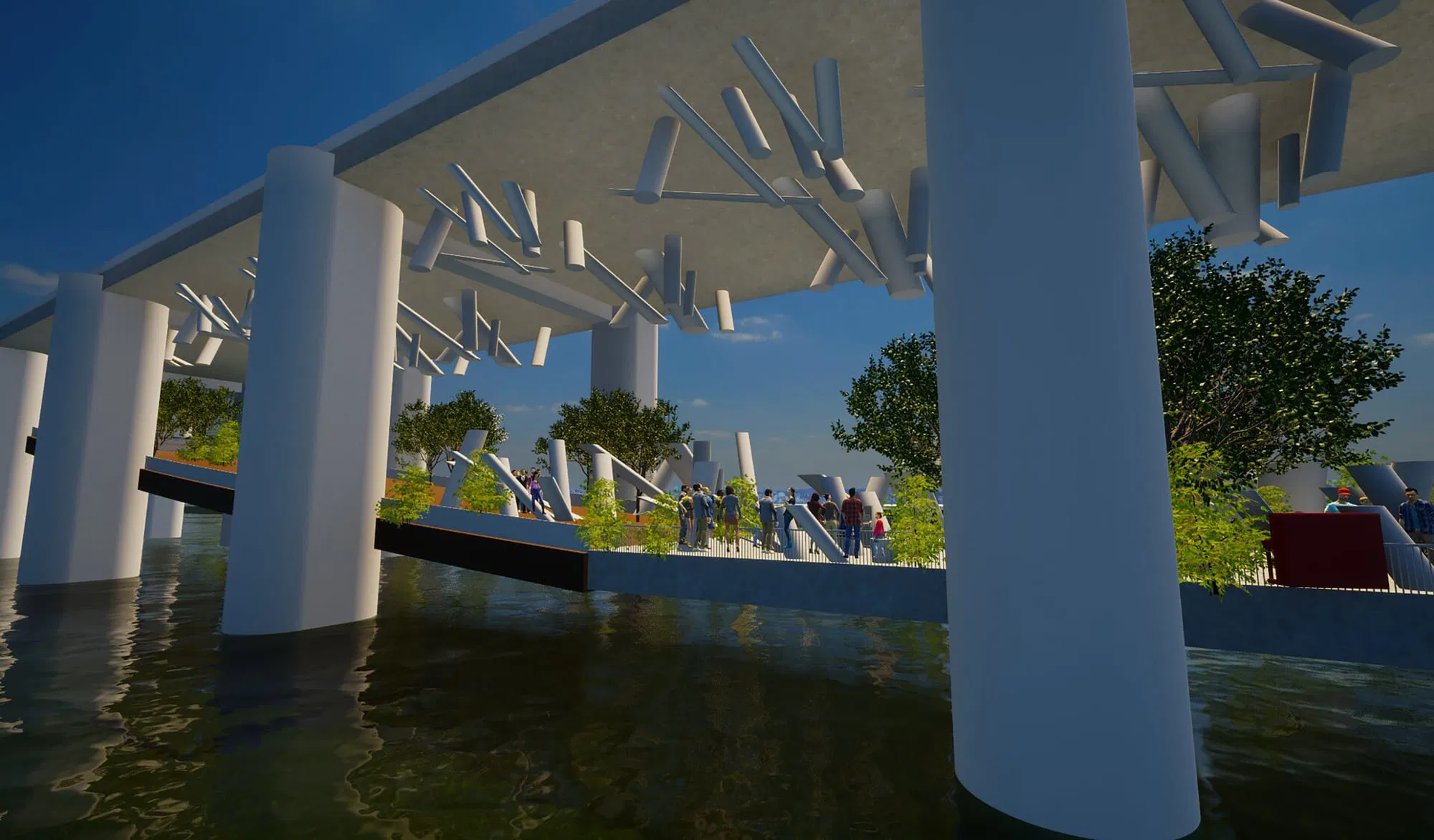
PERSPECTIVE
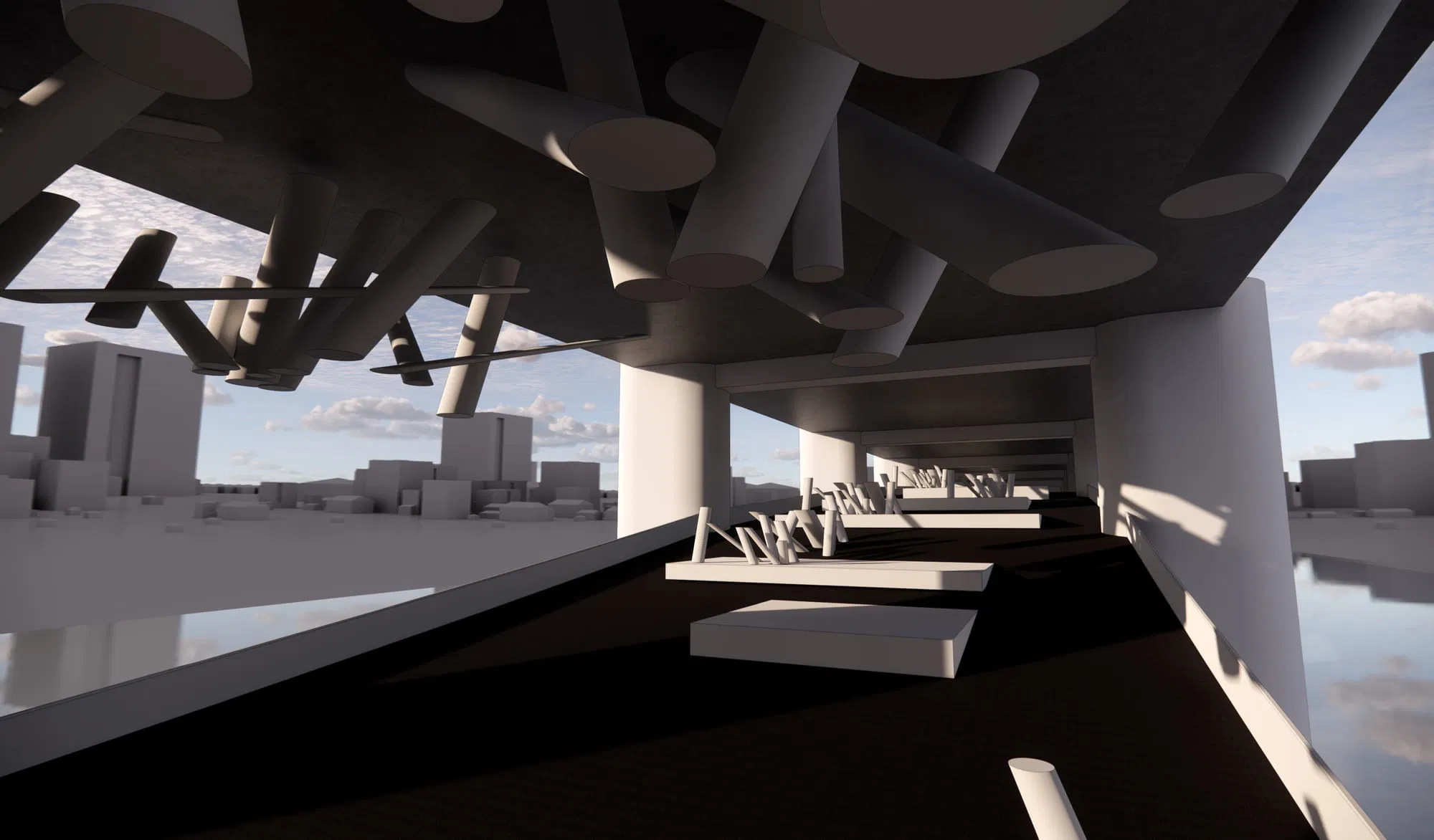
PERSPECTIVE


PLAN
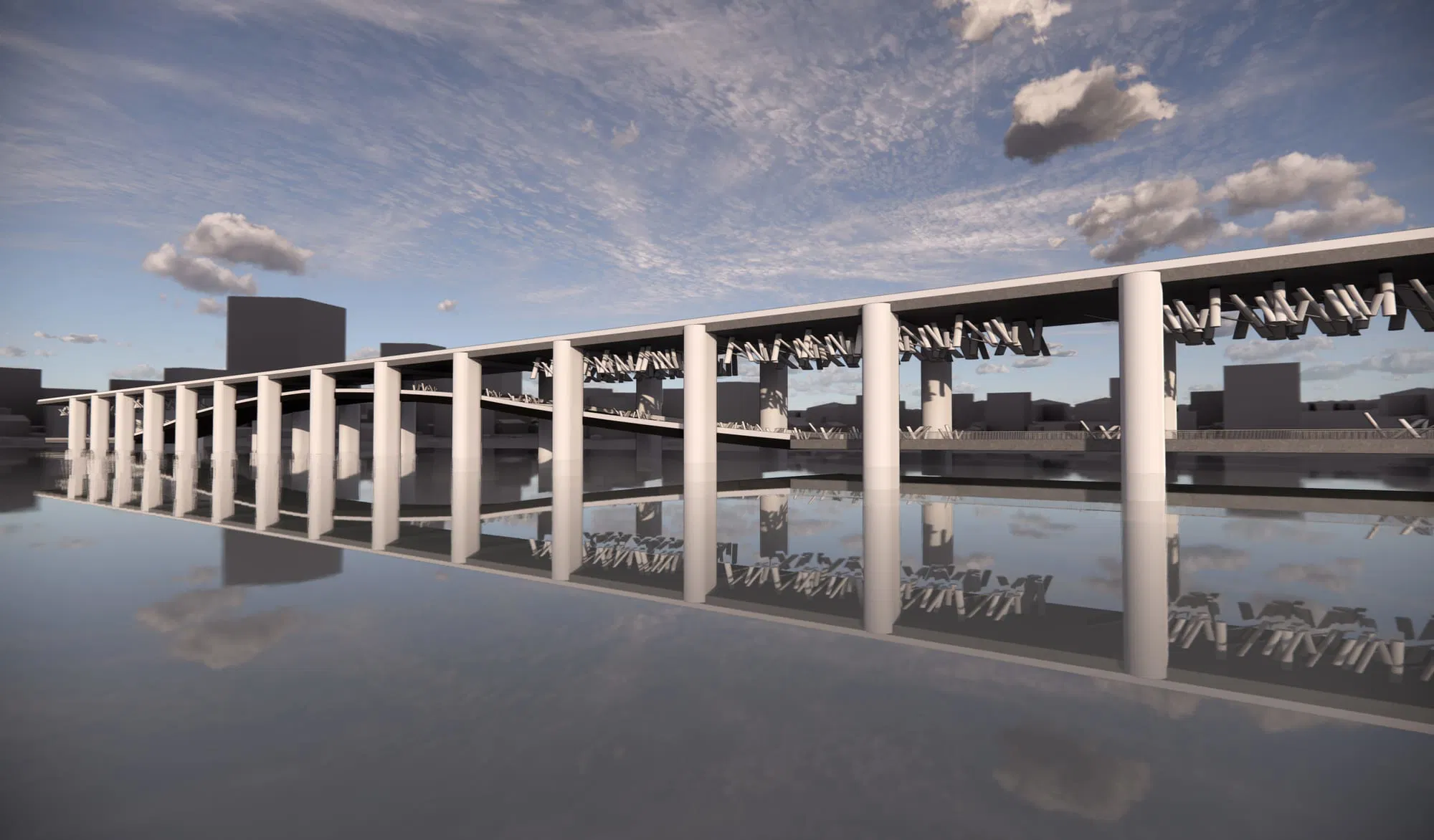
PERSPECTIVE
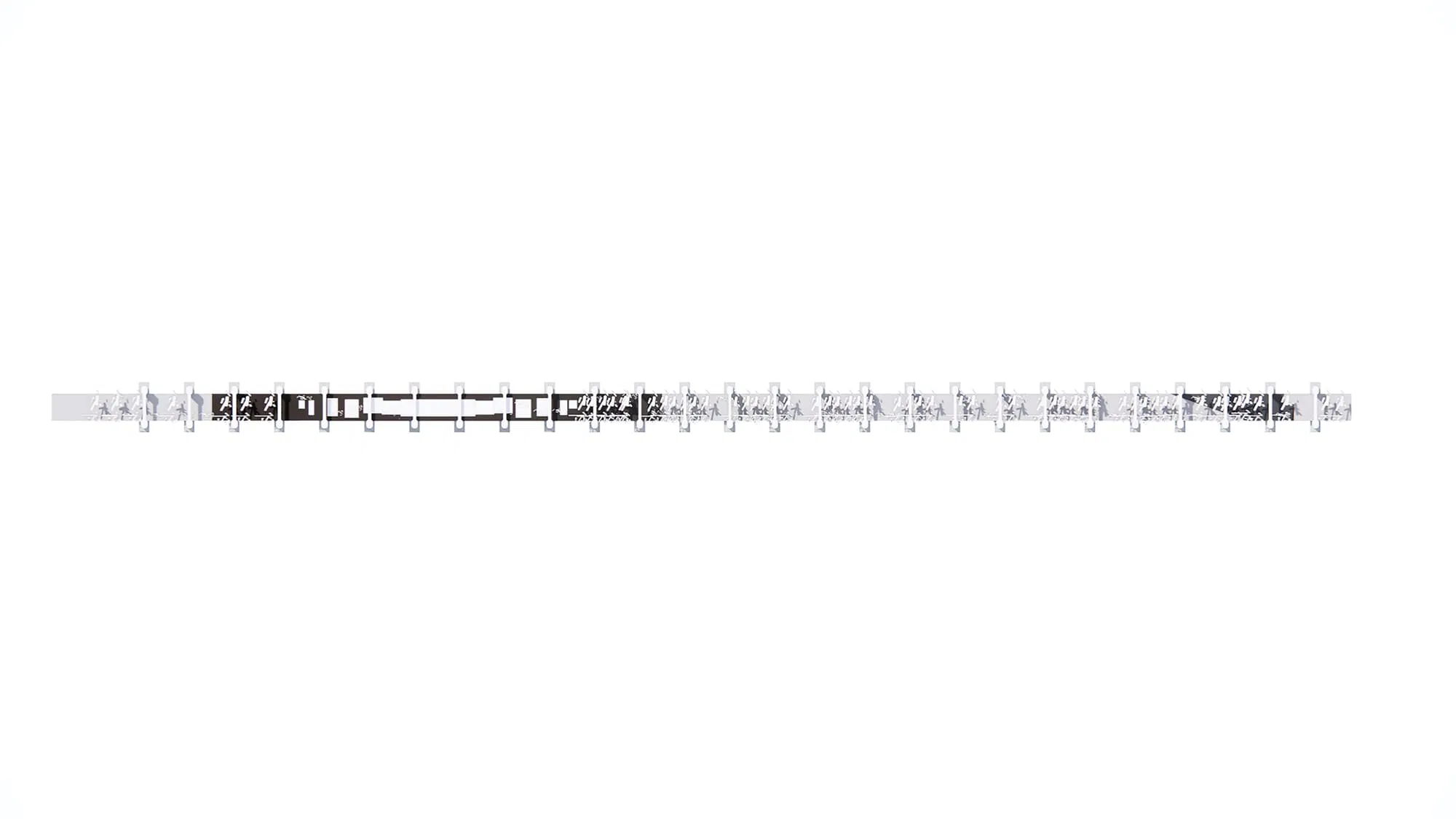
BRIDGE PLAN